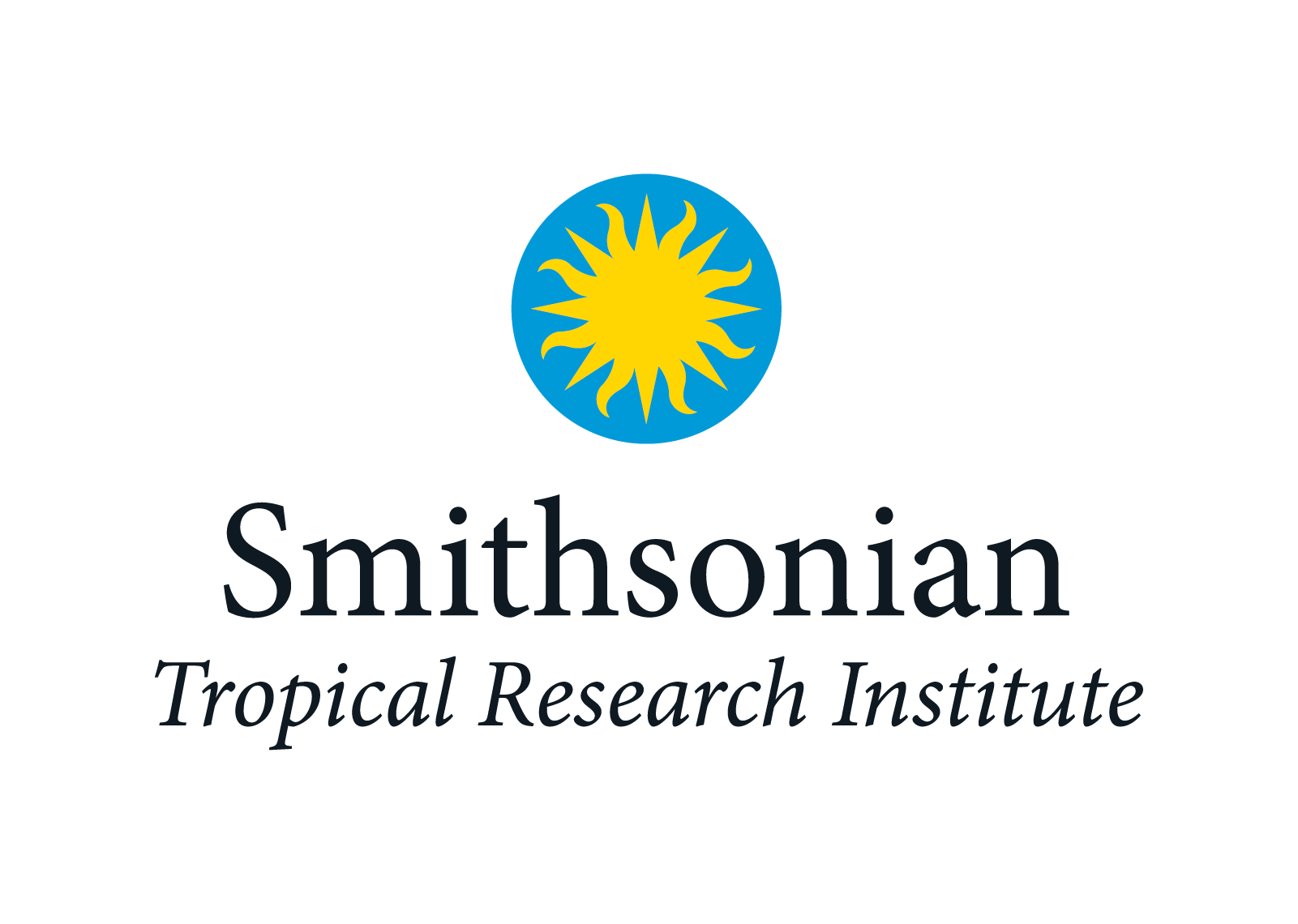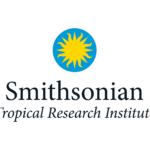
The Smithsonian Tropical Research Institute (STRI) Coibita Island, measuring 2.42 square kilometers the third largest island within Panama’s Coiba National Park. The park is designated as a UNESCO World Heritage Site, known for its biodiversity on land and in the sea.
To meet research needs, we are working on transforming Coibita into a sustainable state-of-the-art facility situated in an area of unparalleled biodiversity. The Smithsonian Tropical Research Institute (STRI) Master Plan Strategy and Projects envision the Coibita Field Station as a hub for advancing innovative, visionary, and relevant tropical science and conservation in the future. Coibita provides access to a globally significant laboratory for studying how healthy ecosystems should function in a time when they have experienced rapid deterioration. Positioned at a center of diversity, endemism and an important migratory route for numerous species, the field station enables scientists to conduct systematic studies on the natural history of this remarkable region. By utilizing technological advancements to examine processes of adaptation and accommodation at various levels – from genomics to physiology, behavior, ecology, and evolution – researchers aim to gain a better understanding on how organisms respond to changing environments and identify the characteristics that make them resilient to change.
-

- Latin America
- N/A
- Panama
- Apartado Postal 0843-03092
- Panama
- Panama
- 7
- 81
- matej@si.edu
- https://stri.si.edu/facility/coibita-island
- 2018
- 2024
- Irving Bethancourt
- bethancourti@si.edu
- Scientific Coordinator
- Smithsonian Tropical Research Institute Apartado Postal 0843-03092 Panamá, República de Panamá
- +5072128703
- Dr. Juan L. Maté
- matej@si.edu
- Marissa L. Batista
- batistam@si.edu
- matej@si.edu
- Meylin Hernandez
- hernandezm3@si.edu
- Visitor Office Service Manager
- $50,001 - $200,000
- 101-500
- No
- Ministry of Environment of Panama
- Yes
- 1-2
- 6-10
- 11-20
- 0
- Yes
- Solar or Off Grid
- 61+
- Yes
- Undergraduate
- Yes
- Yes
- Marine
- Intertidal - rocky
- Tropical Rain Forest
- 0-100 meters
- 101-300 meters
- A (tropical)
- Yes
- Rural
- Yes
- Yes
- 95
- 3
- 2
- Year Founded
- 2018
- Year Joined OBFS
- 2024
- Size of Field Station (hectares)
- 101-500
- FSML Web Address
- https://stri.si.edu/facility/coibita-island
- Private nonprofit organization?
- No
- Universities affiliated / Parent Organization
- No
- Federal, state, or local governmental partners?
-
No
- Member of the Virtual Field
- No

